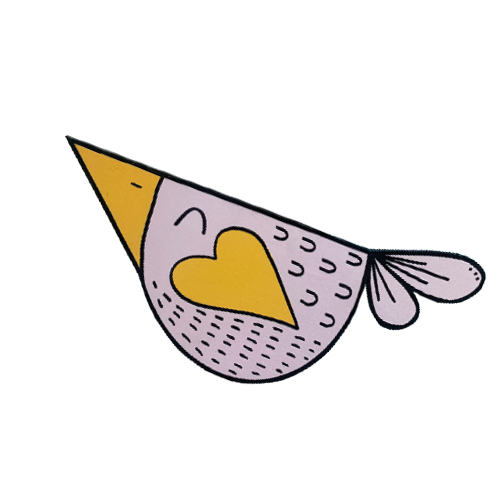Making a whim a reality
Big ideas went into the creation of the paediatric twin theatre suite at Ninewells Hospitals
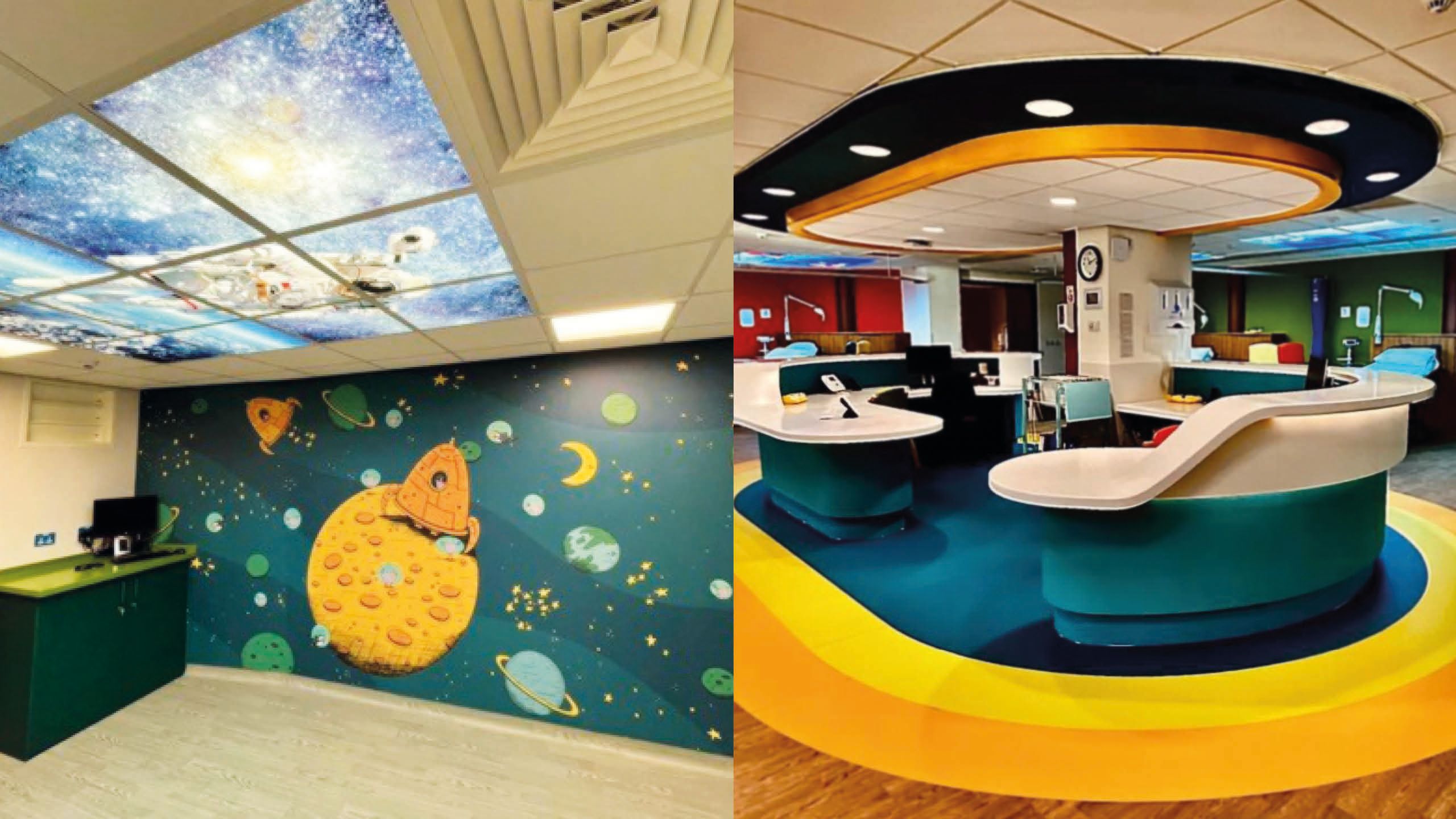
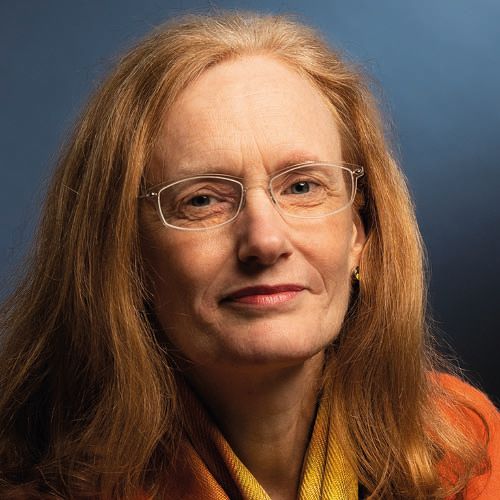
Amanda McCabe
RCSEd Council Member and Consultant Paediatric Surgeon,
Ninewells Hospital, Dundee
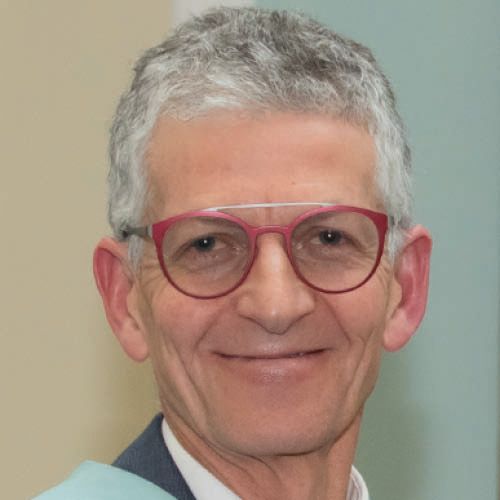
Grant Rodney
Consultant Anaesthetist, Ninewells Hospital, Dundee
NHS Tayside’s Children’s Theatre Suite at Ninewells Hospital, Dundee, opened in May 2022. The 20-year journey has culminated in a world-class facility for use by all surgical and dental specialties, benefitting Tayside children requiring surgery. The unique project, funded by NHS capital and charity The Archie Foundation, won the Design Excellence Award (with Distinction) and the Outstanding Achievement Award at the NHS Scotland Assure Award 2022, plus a Sustainability in Healthcare Award 2023 at the Scottish Healthcare Awards 2023.
The project was delivered by a team including NHS Tayside clinical staff, estates, Dundee-based RDA Architects and contractor Balfour Beattie. The Archie Foundation support enabled artwork and unique features to be embedded in the design, above and beyond what NHS capital could provide – in the Foundation’s own words: “Making the difference for sick children.”
Background
During the 1990s children could receive surgery in multiple locations throughout Tayside. However, the provision of equipment and paediatric trained staff across the region was extremely challenging. Around this time there was a growing focus on delivery of children’s surgery, highlighted by the National Confidential Enquiry into Patient Outcome and Death, and other professional bodies’ recommendations. Underpinning this was a drive for increased provision for day surgery, with its proven cost and outcome benefits, with recognition that children are not little adults.
Early changes
Change has been delivered incrementally. First, dental exodontia under general anaesthetic was centralised to an outpatient clinic at Ninewells Hospital. This new location enhanced safety, but quality of care (environment for children), was notably lacking. Further changes included dedicated children’s surgical lists, a paediatric surgical and clinical lead for children’s surgery appointment, investment in training and education of nursing teams, and in 2004 the creation of a single children’s operating theatre. Only half of Tayside’s total paediatric surgical workload could be accommodated, with the vulnerable dental population excluded.
The whim
Awareness of local service needs for capacity fuelled the idea of creating a paediatric twin theatre suite. This would be located within an existing hospital space in close proximity to the paediatric ward and outpatients. Patient flow would link to the separation of pre- and postoperative children, the introduction of preassessment processes and streamlined admission pathways. Aesthetic overlay throughout would be incorporated to demedicalise the child’s surgical journey as much as possible.
The journey (2010–2022)
The timeline for delivery included: prioritisation on the health board’s capital project programme in 2010; alignment with The Archie Foundation charity in 2012; bids for Scottish government funding 2014–2018 (Initial Agreement Document, Outline and Full Business Case); commencement of building in 2019; and project completion in 2022.
Design planning
As Steve Jobs of Apple said: “Design is not just what it looks like and feels like. Design is how it works.”
An early inclusive engagement process included families, clinical staff, NHS property departments, architects, artists, The Archie Foundation and contractors. Several external multidisciplinary site visits gathered examples of best day-case practice and spatial design ideas. Listening and engaging with children and carers provided invaluable understanding of their experiences and needs.
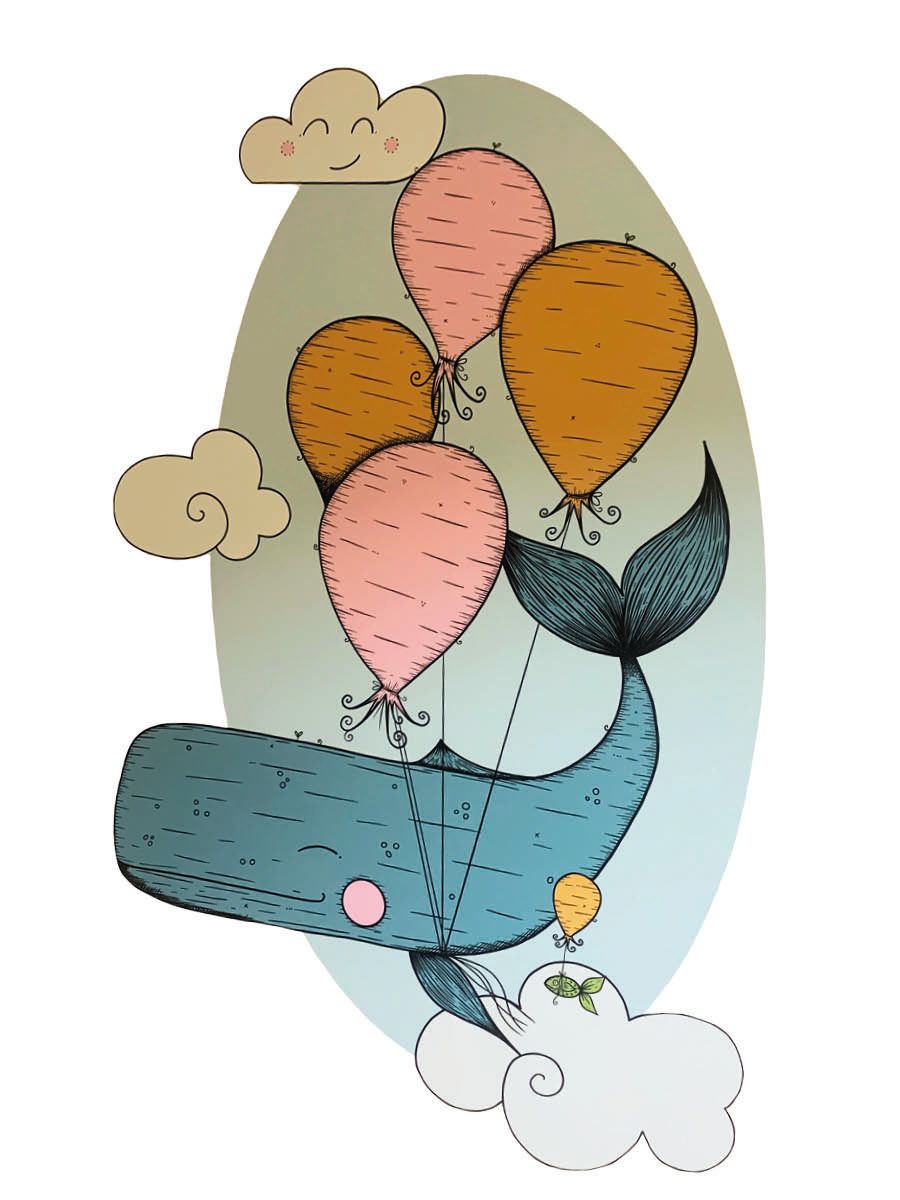
These observations focused thinking as the design was proposed and shaped. The build was within a disused university research laboratory, and the transformation ensued with visionary perseverance and attention to sensory detail: light and vision, sound and acoustics, touch and temperature, balance and orientation, smell and taste were all deemed important.
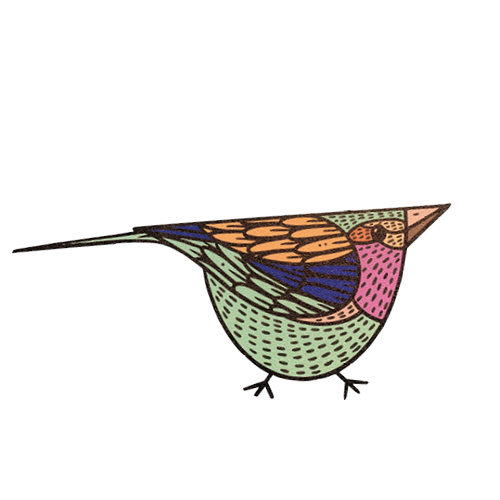
This approach was epitomised by the Tayside-based artist Suzanne Scott, aka WhimSicAL LusH, who says: “The overarching theme for the artwork I have created is that of journeys, nature and dreams. It is all about encouraging imagination and about appreciating, even learning more about the landscapes and wildlife found in and around Dundee and Tayside. With these illustrations I wanted to create adventures filled with characters, local wildlife and colour but also retain the wonderful calming effect that nature has.”
What has been achieved?
A one-way surgical journey begins at a colourful welcoming reception/play area, with an absence of hospital beds. Artwork journey themes run throughout. Bespoke doors, attractive ceiling sky panels, a sensory room for distraction, colourful corridors allowing children to drive battery-operated cars to theatre, anaesthetic rooms with distracting artwork, sky panels and dimmable lighting make the surgical journey less threatening. After an operation, the journey finishes in a large, open, relaxing ward recovery area, which has access to outside space for play.
In the first year since opening approximately 2,000 surgical cases have been performed across all specialties and 680 ward reviews carried out. Theatre capacity has increased by 50%, reducing long-wait patient numbers (more than a year) by 75%. Endoscopy diagnostic times have reduced from 29 to 10 weeks, and urgent cases from nine weeks to nine days. Dental exodontia waiting times have reduced from 14 weeks to four weeks. The caseload continues to increase for all surgical specialties as post-COVID mobilisation occurs.
In conclusion
The lessons learned can be used by any team looking to enhance a clinical space, small or large: think big, engage widely, avoid piecemeal changes and persevere. Even small transformations to the environment will positively impact families and staff. Partnering with artists and charities adds a welcome dimension. Making the difference for patients is commendable, but also benefits clinical teams, who will undoubtedly thrive in more pleasant working environment. Changes in working practice come with challenges to staff, adapting to new ways of working. The environment per se is just one aspect. The importance of the whole pathway from referral, through preassessment, information sharing, surgical day experience and quality of care is key.
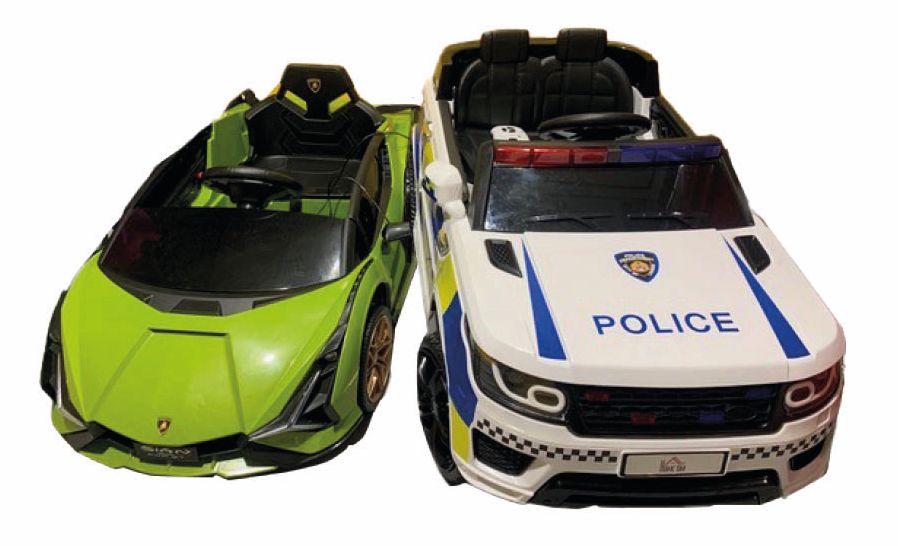
Battery-operated cars for children to drive to theatre
Battery-operated cars for children to drive to theatre
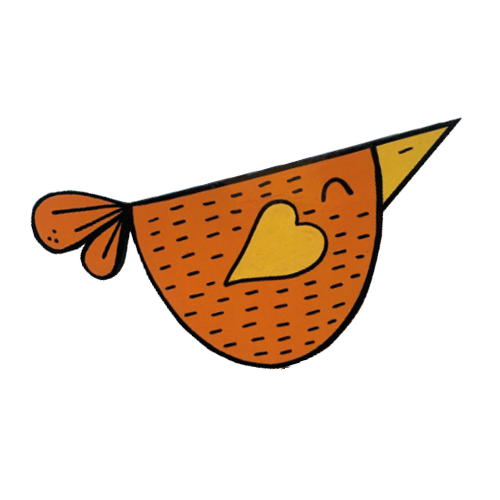
Parent feedback
“This new unit is beautiful, calm and relaxing. It’s all planned and set out very well. Children probably won’t even feel they are in a hospital environment. It is decorated appropriately to take a child’s mind off where they are. They feel happy and calm. Everything is thought of. Staff are amazing!”
